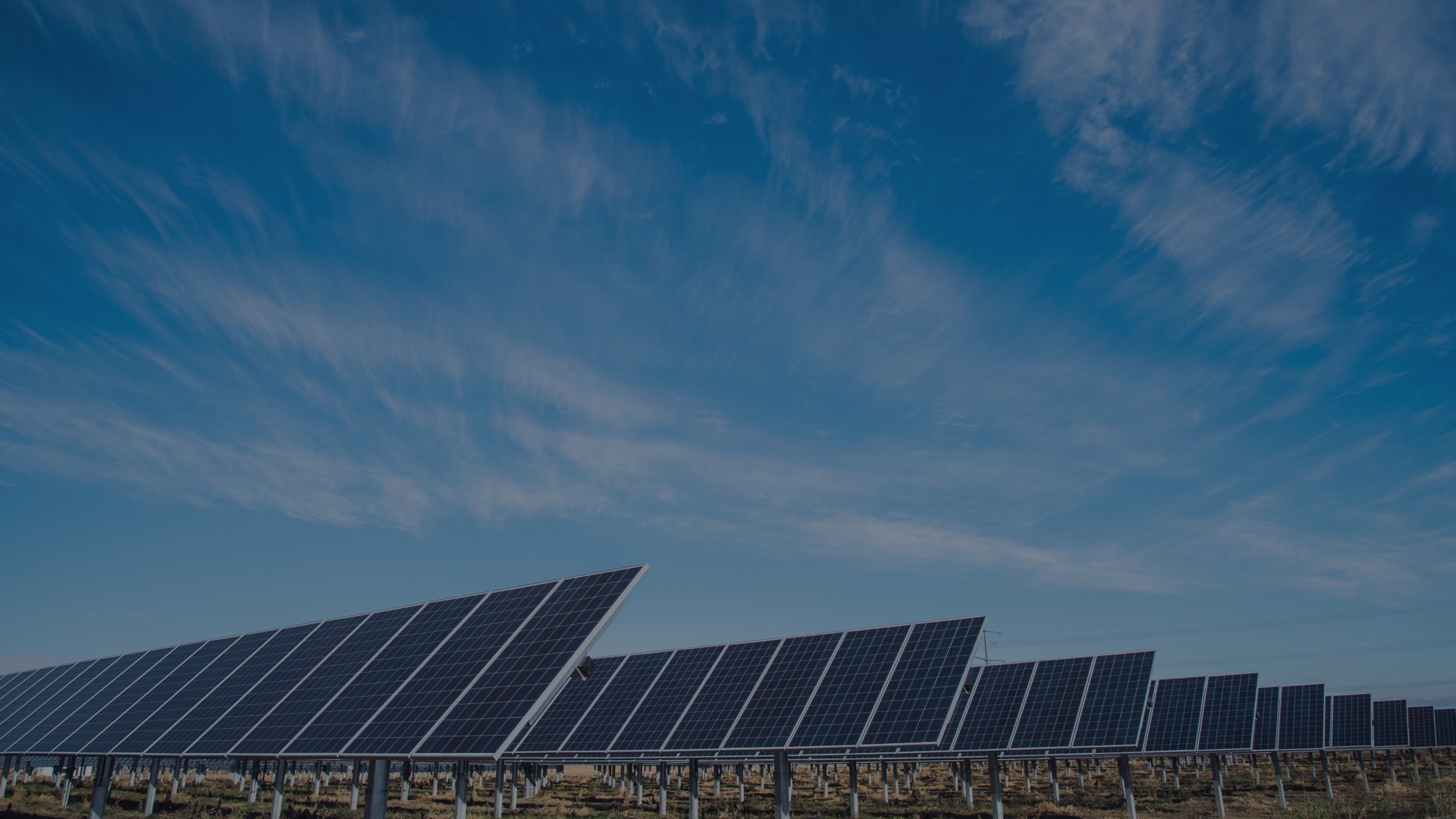In the Sahara desert is a vast source of energy that can promise a carbon-free, nuclear-free electrical future for all Europe, if not the world.We are not talking about the vast oil and gas deposits beneath Algeria and Libya, or uranium for nuclear plants, but something far simpler – the sun. Every year it pours down the equivalent of 1.5m barrels of oil of energy for every square kilometre.
Most people think of solar power as a few panels on the roof of a house producing hot water or a bit of electricity. But according to two reports prepared for the German government, Europe, the Middle East and North Africa should be building vast solar farms in North Africa’s deserts using a simple technology that more resembles using a magnifying glass to burn a hole in a piece of paper than any space age technology.
Two German scientists, Dr Gerhard Knies and Dr Franz Trieb, calculate that covering just 0.5% of the world’s hot deserts with a technology called concentrated solar power (CSP) would provide the world’s entire electricity needs, with desalinated water for desert regions as a valuable byproduct, as well as air-conditioning for nearby cities.Focusing on Europe, North Africa and the Middle East, they say, Europe should build a new high-voltage direct current electricity grid to allow the easy transport of electricity from a variety of alternative sources. Britain could put in wind power, Norway hydro, and central Europe biomass and geo-thermal. Together the region could provide all its electricity needs by 2050 with barely any fossil fuels and no nuclear power. This would allow a 70% reduction in carbon dioxide emissions from electricity production over the period.
CSP technology is not new. There has been a plant in the Mojave desert in California for 15 years. Others are being built in Nevada, Spain and Australia. There are different forms of CSP, but all share the use of mirrors to concentrate the sun’s rays on a pipe or vessel containing some sort of gas or liquid that heats up to about 400C and is used to power conventional steam turbines.
The large mirrors create shaded areas that can be used for horticulture irrigated by desalinated water generated by the plants. Cold water produced for air conditioning means there are three benefits. “It is this triple use of the energy which really boosts the overall energy efficiency of these kinds of plants up to 80% to 90%,” says Dr Knies.
This form of solar power is also attractive because the hot liquid can be stored in large vessels, which can keep the turbines running for hours after the sun has gone down.
Ashley Seager
Guardian Weekly
13.03.2007
Sun Power in the Desert
Other News
